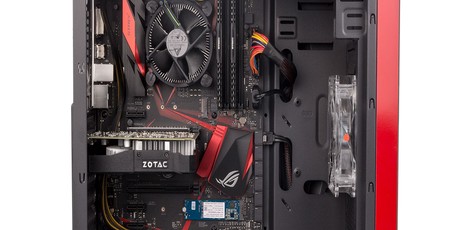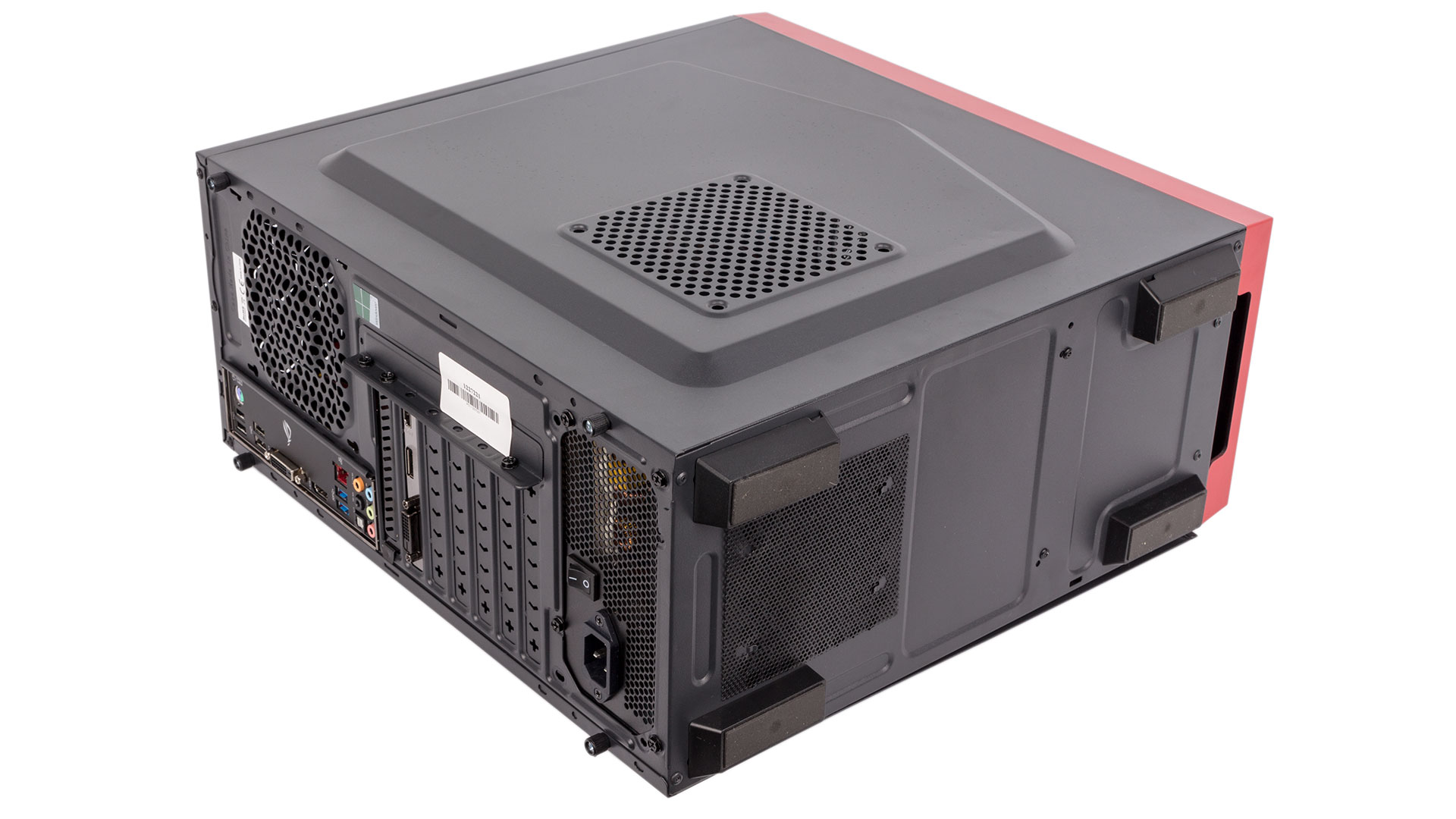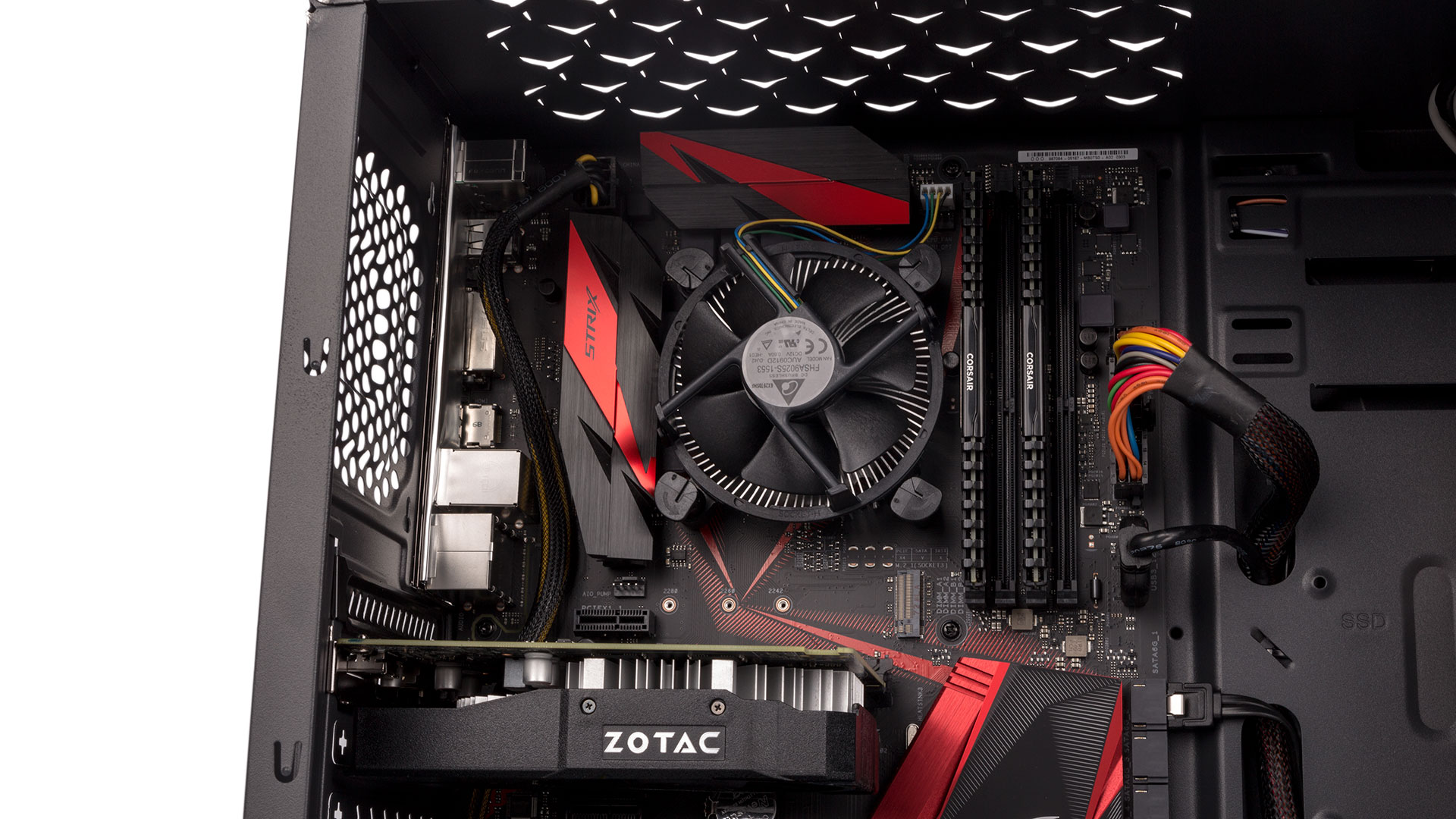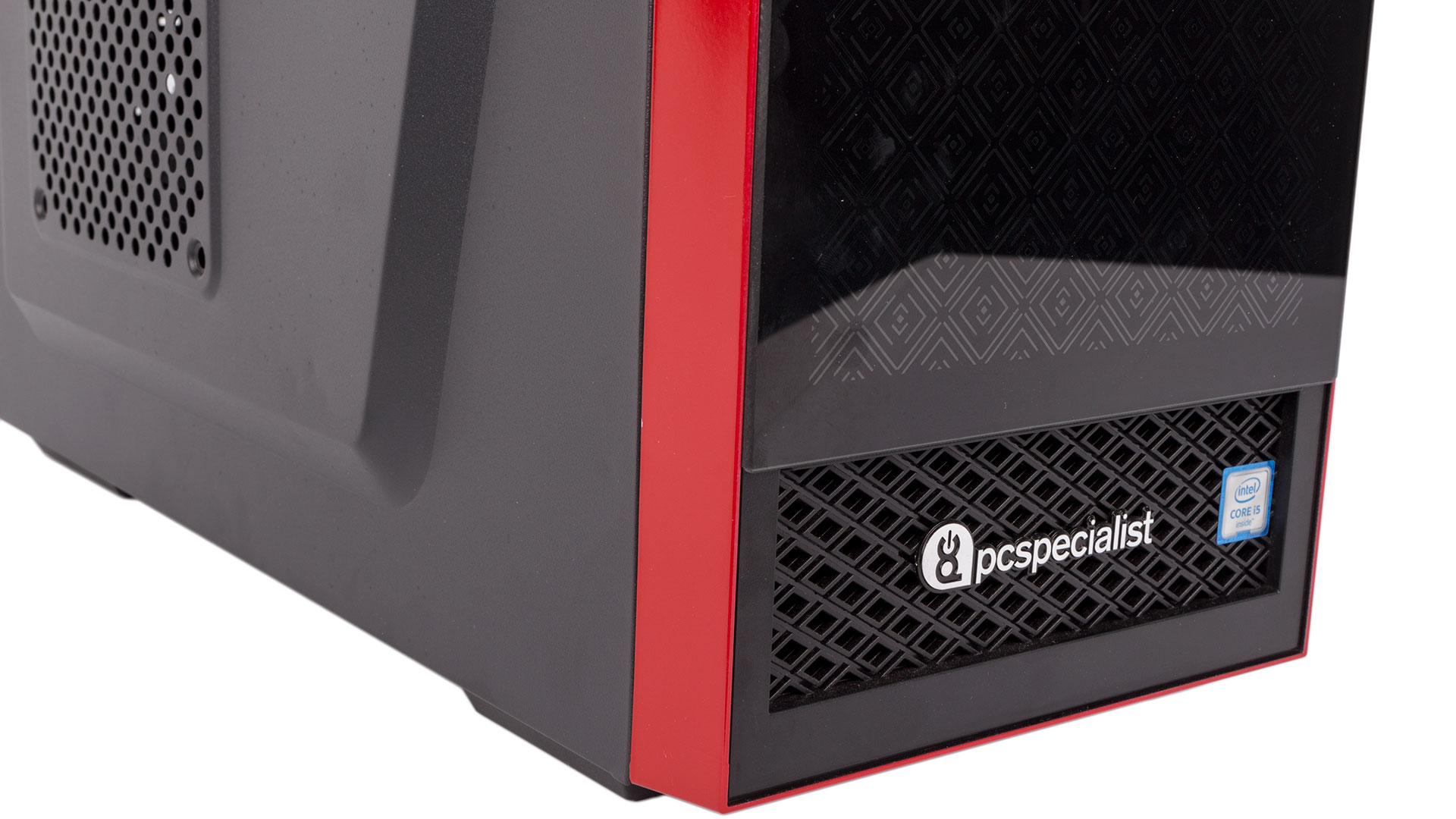
Performance Analysis
This is a different type of system to what we normally review, so we've focused on certain tests at the expense of others due to time constraints. We've also started fresh with new results for some tests, so we don't have much by way of comparison in the graphs. However, we'll be pointing out how the system fits in with the wider market as we proceed with this analysis. For reference, the system from The PC Customiser in the charts is a high-end gaming PC with a 4.8GHz Core i5-7600K, GTX 1070, and a 256GB NVMe primary storage drive - not an ideal comparison from a competitive standpoint, but it gives you an idea of how this rig stacks up against what we're used to seeing here.
We've forgone our games tests, as these typically focus on maximum details and high resolutions, but you can still compare your own system's performance to this one using 3DMark Fire Strike. Nonetheless, we know the GTX 1050 Ti delivers good, smooth performance at 1080p with medium and high settings depending on the title, while easier-to-run esports titles will run at very high frame rates indeed. The quad-core CPU will not be a bottleneck for this card.

With four Kaby Lake cores, the Core i5-7400 delivers respectable results in our CPU-limited tests. However, in all three cases – HandBrake, Terragen 4, and Cinebench – we have recorded better results from the Ryzen 5 1400, AMD's slightly cheaper four-core CPU that has the advantage of Simultaneous Multi-Threading and thus the ability to execute eight threads at once instead of four with this Intel one, which lacks the equivalent Hyper-Threading technology. If highly threaded workloads are likely to be common for you, you might consider a Ryzen-based system instead. Of course, in the instance Optane will no longer be possible.
The PCMark 10 scores cannot be compared to other results on our site, as in this instance we left hardware acceleration and OpenCL on to get a more realistic score for a whole system. It should also allow you to compare results from your own system fairly, as this is the default setting. The main thing to note is that the Photo Editing workload score jumped from 5,021 on the first run to 5,367 and 5,194 on the second and third runs respectively, suggesting a level of improvement thanks to the Optane caching.
Curious, we then ran the PCMark 10 Express suite, which includes the full set of Essentials and Productivity workflows that are likely reflect the type of work a system like this will be used for. The Essentials score did not improve after three runs, but the Productivity score (Writing and Spreadsheets) went from 6,196 to 6,917, nearly a 12 percent jump. We also recorded Windows boot times, and observed a drop from 27-30 seconds to about 21 seconds.

The CrystalDiskMark results show good performance from the Optane module, especially on 4K random reads, which are important for making a system feel responsive. Thee PCMark 8 storage traces are a mixed bag, however, with Battlefield 3 load times (read-intensive) clearly improving dramatically after just one run, but Photoshop (heavy mix of read and writes) fluctuating.
When SSDs first began emerging, no benchmark could communicate the real feeling of using an SSD-equipped PC. In a similar vein, if you're now used to SSDs, the first time you do something with an Optane-equipped system, you'll feel the lag since most of the work will be being done by the HDD. Opening the Edge browser, for instance, gave us horrible flashbacks to HDD-only days. However, after that first time, it opened in the blink of an eye even after multiple reboots, suggesting that Optane learns what to cache, just as is advertised.
Stress testing threw up no concerns. Under full load, the CPU cooler fan hit 1,900 RPM, which was audible but not whiny or excessive, and the CPU stayed below 70°C. The GPU also stayed quiet and cool, boosting to around 1,700MHz under load. Even with everything loaded, power consumption remained firmly under 150W, and the PSU never sounded like it was struggling.

Conclusion
The cost of components including a Windows 10 license but excluding delivery and a case (it's an OEM model here) comes to around £700. As such, the £699 price tag here is more than fair, as it comes in a case, ready to go, and built to a high standard. You also get a warranty, even if the collect and return portion is a bit stingy.
The Optane storage solution is of course the most interesting element, and comes in with 2TB HDD at about £100 overall at retail. With 120GB SSDs still costing at least £50, the £40 16GB module does represent a saving, but only a very small one. A dedicated SSD would also give you more capacity overall but does ask that you manage your volumes separately. From our testing and subjective hands-on, Optane definitely works and at times it works very well indeed, with some apps feeling even faster than we were used to. Still, the wisdom that SSDs nowadays are all “fast enough” is hard to ignore, and the occasional slowdowns we did see marred the experience. We expect these would be minimised over time as the algorithm learns what you do, especially if you're a user with a fairly fixed pattern of activity and work, but until Optane represents a bigger cost saving, we think the more traditional method of having a separate SSD is the way to go for most users.
Still, it's not Optane we're reviewing, but the PC Specialist Enigma K5 system. From that perspective, we think the guys have done a solid job. The price is great, the build quality is good, and it's managed to use Optane effectively in the small price window where it could be considered a suitable alternative to an SSD/HDD combo. For a no-fuss office PC with some decent gaming grunt, it's a solid option.


MSI MPG Velox 100R Chassis Review
October 14 2021 | 15:04








Want to comment? Please log in.